Business
Seymour Dam’s Legacy: Water Supply vs. Fish Population Decline
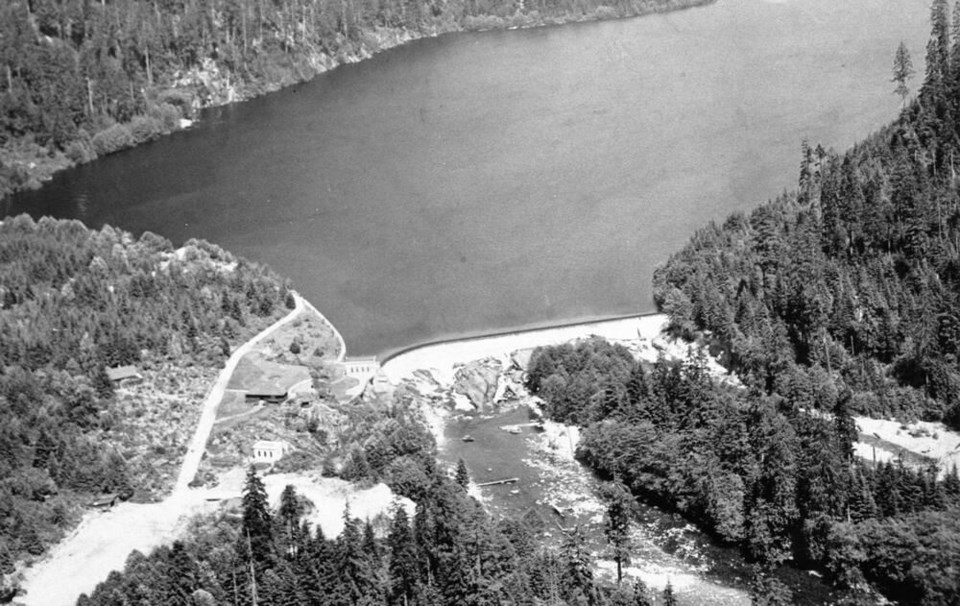
The construction of the original Seymour Dam in June 1928 marked a significant milestone in water management for the Greater Vancouver area. This cement structure, measuring 440 feet wide and 22 feet high (134 x 6.5 metres), created the Seymour Lake reservoir, which facilitated the supply of water via pipelines under the Second Narrows. However, the dam’s reconstruction in 1961 had unintended consequences for local aquatic life, particularly salmon and steelhead trout populations.
The rebuilding of the dam effectively severed access to the upper reaches of the river, disrupting the natural migration patterns of these fish species. As a response to this ecological challenge, the British Columbia Institute of Technology (BCIT) established the Seymour River Fish Hatchery in 1977. This initiative aimed to mitigate the declining fish numbers and promote the restoration of their upstream habitats. The hatchery was later taken over by the Seymour Salmonid Society in 1987, which continues to play a crucial role in fish conservation efforts in the region.
Community Engagement and Conservation Efforts
The impact of the Seymour Dam extends beyond water supply; it involves the community’s commitment to preserving local ecosystems. The work of organizations such as the Seymour Salmonid Society reflects a broader understanding of the importance of balancing human needs with environmental stewardship. The society engages in educational programs and restoration projects, aiming to foster awareness about the challenges faced by local fish populations.
In addition to conservation efforts, the Museum of North Vancouver (MONOVA) serves as a resource for those interested in learning more about the area’s history, including the effects of the dam on the local environment. Visitors can explore exhibits that highlight both the engineering marvel of the dam and the ongoing efforts to restore the salmon populations. MONOVA is located at 115 West Esplanade in The Shipyards and is open for public visits.
Future Outlook for the Seymour River Ecosystem
As the community continues to address the challenges posed by the dam’s construction, ongoing research and conservation initiatives are essential for the future of the Seymour River ecosystem. Collaborative efforts between local organizations, governmental agencies, and the community at large are imperative to ensure that the needs of both the population and the environment are met.
The legacy of the Seymour Dam serves as a reminder of the complexities involved in infrastructure development. While it provides vital resources for the region, it also underscores the necessity of sustainable practices to protect the natural world. For more information about the history and conservation efforts on the North Shore, individuals are encouraged to visit MONOVA or access resources like the North Shore Culture Compass.
With continued commitment and action, there is hope for the restoration of the salmon and trout populations, ensuring a balanced coexistence between human activity and nature.
-

 Education2 months ago
Education2 months agoBrandon University’s Failed $5 Million Project Sparks Oversight Review
-

 Lifestyle3 months ago
Lifestyle3 months agoWinnipeg Celebrates Culinary Creativity During Le Burger Week 2025
-

 Science3 months ago
Science3 months agoMicrosoft Confirms U.S. Law Overrules Canadian Data Sovereignty
-

 Health3 months ago
Health3 months agoMontreal’s Groupe Marcelle Leads Canadian Cosmetic Industry Growth
-

 Science3 months ago
Science3 months agoTech Innovator Amandipp Singh Transforms Hiring for Disabled
-

 Technology3 months ago
Technology3 months agoDragon Ball: Sparking! Zero Launching on Switch and Switch 2 This November
-
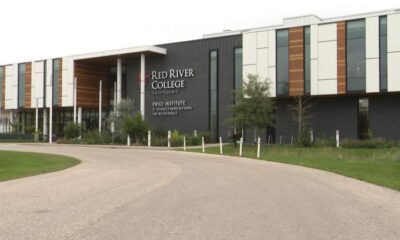
 Education3 months ago
Education3 months agoRed River College Launches New Programs to Address Industry Needs
-

 Technology3 months ago
Technology3 months agoGoogle Pixel 10 Pro Fold Specs Unveiled Ahead of Launch
-

 Technology1 month ago
Technology1 month agoDiscord Faces Serious Security Breach Affecting Millions
-

 Business2 months ago
Business2 months agoRocket Lab Reports Strong Q2 2025 Revenue Growth and Future Plans
-

 Science3 months ago
Science3 months agoChina’s Wukong Spacesuit Sets New Standard for AI in Space
-

 Education3 months ago
Education3 months agoAlberta Teachers’ Strike: Potential Impacts on Students and Families
-
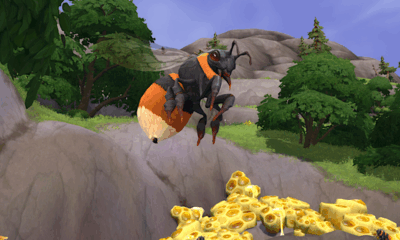
 Technology3 months ago
Technology3 months agoWorld of Warcraft Players Buzz Over 19-Quest Bee Challenge
-

 Business3 months ago
Business3 months agoNew Estimates Reveal ChatGPT-5 Energy Use Could Soar
-

 Business3 months ago
Business3 months agoDawson City Residents Rally Around Buy Canadian Movement
-
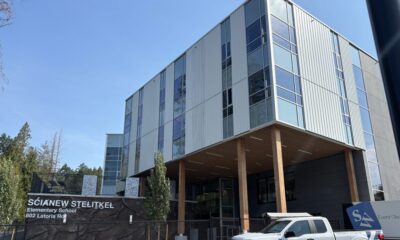
 Education3 months ago
Education3 months agoNew SĆIȺNEW̱ SṮEȽIṮḴEȽ Elementary Opens in Langford for 2025/2026 Year
-

 Technology1 month ago
Technology1 month agoHuawei MatePad 12X Redefines Tablet Experience for Professionals
-

 Technology3 months ago
Technology3 months agoFuture Entertainment Launches DDoD with Gameplay Trailer Showcase
-
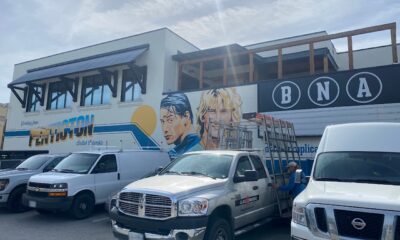
 Business3 months ago
Business3 months agoBNA Brewing to Open New Bowling Alley in Downtown Penticton
-

 Technology3 months ago
Technology3 months agoInnovative 140W GaN Travel Adapter Combines Power and Convenience
-

 Technology3 months ago
Technology3 months agoGlobal Launch of Ragnarok M: Classic Set for September 3, 2025
-

 Science3 months ago
Science3 months agoXi Labs Innovates with New AI Operating System Set for 2025 Launch
-

 Technology3 months ago
Technology3 months agoNew IDR01 Smart Ring Offers Advanced Sports Tracking for $169
-

 Technology3 months ago
Technology3 months agoDiscover the Relaxing Charm of Tiny Bookshop: A Cozy Gaming Escape










